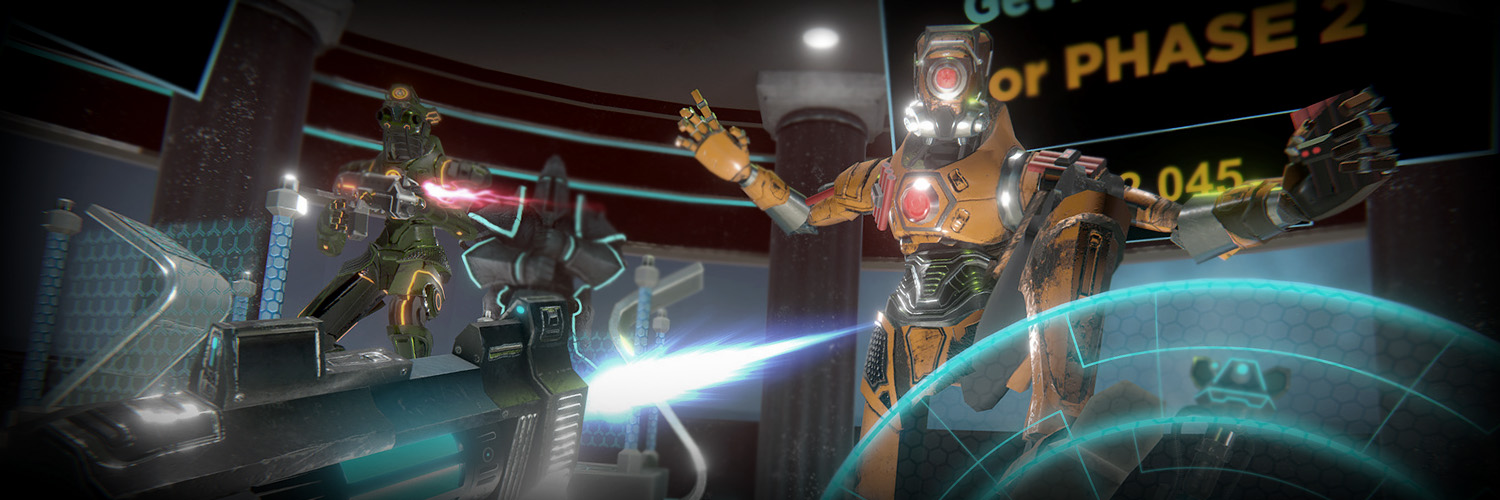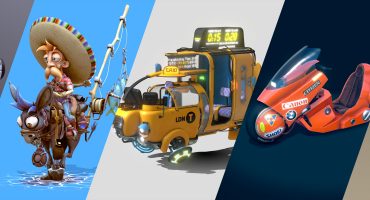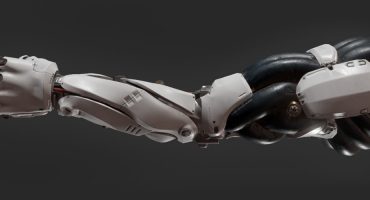About
My name is Régis Boissenin and I’m a technical artist from France. I started my career 11 years ago as a generalist 3D artist doing modeling, texturing, and animations. After a few years in the movie industry, where I mastered or touched on every aspect of the industry techniques and workflows, I decided to move to real time interactive 3D, because I was captivated by the technical challenges and possibilities of lowpoly techniques. Meanwhile, I learned coding to make my models come alive with user interactions. 6 years ago, VR and AR were getting serious, and I decided to take a definitive step in that direction.
Working as a freelancer, then with my own company, overwhelmed by contracts, I quickly had to get backup from different 3D models stores to optimize workflows and schedules. At the same time I understood that I should also join the party by distributing unused but helpful assets of aborted projects or from personal works and experiments.
I started selling assets when, while I worked as a freelancer, I had time between two projects. It quickly became a very good source of income.
Today, my work is too time consuming to make assets specifically designed for the market, so I mostly share personal works. However, the revenues from the assets posted years ago, combined with some rare personal work that keeps the store alive, are still highly appreciable.
Commercial approach
Analyzing the current mood of upcoming projects (sci-fi, medieval, zombies, dinosaurs…) is a good place to start (I would bet that 2018 is sci-fi year) when trying to determine what assets to create for sale. Then you might want to look for what is already available in stores, and which ones are scoring the best sells. Comparing both results will help you determine whether there is space that you can take in the market, and if you can match the quality and prices that are already available.
I like concrete examples, which illustrate points better than theory does, so here is one:
When I decided to start selling assets, I knew there was a huge hype growing around dinosaurs. When I saw that there were nearly no assets available in the reference store, I started making them with the following approach :
- There are very few assets fitting the market I target, so let’s make a lot of models and take as much space and visibility as possible, then when work is over, let’s make packages (increase visibility) with package prices (increase income)
- It’s real time 3D stuff, so let’s make very good quality assets, but most of the developers work on mobile, so let’s do LODs, that will be a great addition to the desktop versions, and usable on mobiles.
- It’s probably mostly developers that will buy my assets, so let’s do a complete artist work, from modeling, to animation. But also with configured assets so they are just drag’n’drop in the engine, and why not, some quick scene with code examples to make them move.
Six months later, with the help of the store featuring my assets on the front page, I had sold several thousand dinos, which is a lot. But it’s not a rule; there are also many models I have made that do not sell well, and are not profitable for at least a year, and sometimes never.
Besides that dino example from a golden age of assets selling when there was less competition, do not expect to see fast incomes right away. If you wish to live from selling assets on stores, you might have to produce for a long time, and see your incomes grow slowly.
There is also a lot of work to do on balancing your prices. You might want to make the price sufficiently low to sell a lot, but sufficiently high to earn enough, and make your work worthwhile. I can share some of the experimenting that I had to do, which took a very long time, but helped me determine how much my assets were worth, and how to optimize their prices :
- Make a classic assets $100 > no sales
- Make this asset $50 > 2 sales a month > $100
- Make this asset $25 > 12 sales a month > $300
- Make this asset $19 > 21 sales a month > $399
- Make this asset $9 > 34 sales a month > $306
This just shows you that you don’t necessarily make the most money by selling at a higher price, or selling more of a model. Just put your first price on the market base, and adjust it if needed, in the same way that you would no matter what you were selling (snacks, shampoo, games …). It’s no secret.
And finally but nonetheless, do not forget customer support. Good and quick support will make your customers happy, and they let the others customers know about it when it’s time for rating or commenting. Unhappy customers will do it also, but you don’t want that, as a single bad comment can make you lose a lot of sales.
Examples of use
A good example of how my 3D assets are used, is the series of 8 lowpoly dinosaurs that I made a few years ago. During the next years I saw those dinosaurs in dozens of iOS and Android applications, and dozens of desktop games too (Beast of Prey, Dinosaure 4D, Dinosaur Apocalypse, Dino Simulator, Trex Survival, Raptor Survival, Dino Racing and much more …) for example :
In 2013 I made a game called Maniac Manors for mobile. I made an entire mansion and lots of animated props. The game just worked ok, and I made back a little more than the money that has been invested in it. After 2 years, I decided to sell all the assets of the game. The sales of the assets today correspond to 50% of the game sales income. But those assets also gave life to entire videogames, like Sinister Edge, in which every environment is entirely made from the assets sold in my package. Sinister Edge clearly had more success than my game with hundreds of thousands of downloads, and I’m very happy for the developers and for my assets that finally found success.
Why I prefer real time 3D assets.
In this era of VR and AR, and with today’s easy-to-use game engines, the production of 3D applications is exploding. But to make 3D apps, you need 3D assets. And most of the application developers do not know how to do 3D, and you can’t blame them, it’s not their job. This market is mostly the one I would target for my assets.
It’s sad to say, but most of the time, you can have perfect code and excellent gameplay, but when you show your game prototype, the first impression is the look of it, so you will always need fancy models to show, and that is when the store becomes useful.
https://sketchfab.com/models/a66ef3b3f4ee427eb90fceae495dc2fa
Photogrammetry
Photogrammetry is something outstanding. I have been looking for it for years but never adopted it because it needed high end cameras, and huge processing times. Today, with your smartphone and a few hours you can obtain impressive 3D models, that are useful for real time and prerendered models. I know from my customers that they are used as well for Architectural renders, VR applications, and mobile games.
Sketchfab
I joined Sketchfab not so long ago, although I have been wandering regularly on it for years. Their renderer technology is awesome, and always evolving. But some months ago, when the option to sell finally appeared, that was something.
The unique possibility of being able to inspect your potential buy under all the possible angles, check the topology, the UV layout, and each texture in real time is a huge break for the buyers.
And what’s good for buyers is good for sellers, because more buyers will join the platform.
What’s also nice for lazy sellers like me, is that you spend way less time making renders of your models, describing technical aspects, etc, you just need to upload your model and it’s done. Well, ok, maybe add some cool features to make it look better, some chromatic aberration, tone mapping and vignette in order to set some mood. But that is all. All that time saved is better spent for customer support.
I’m pretty sure that with future evolutions and more people joining, Sketchfab is a huge candidate to become one of the best 3D asset stores.









